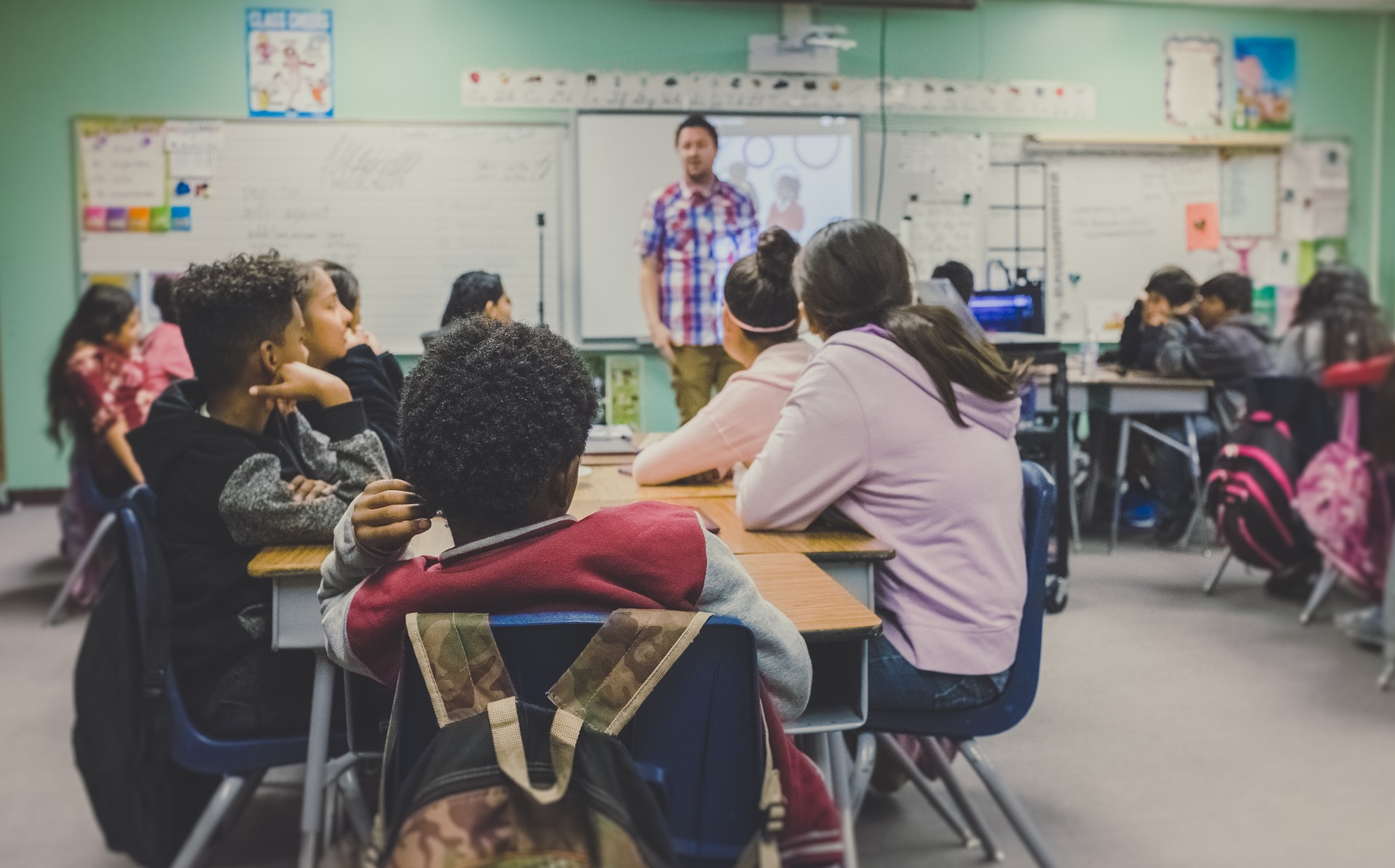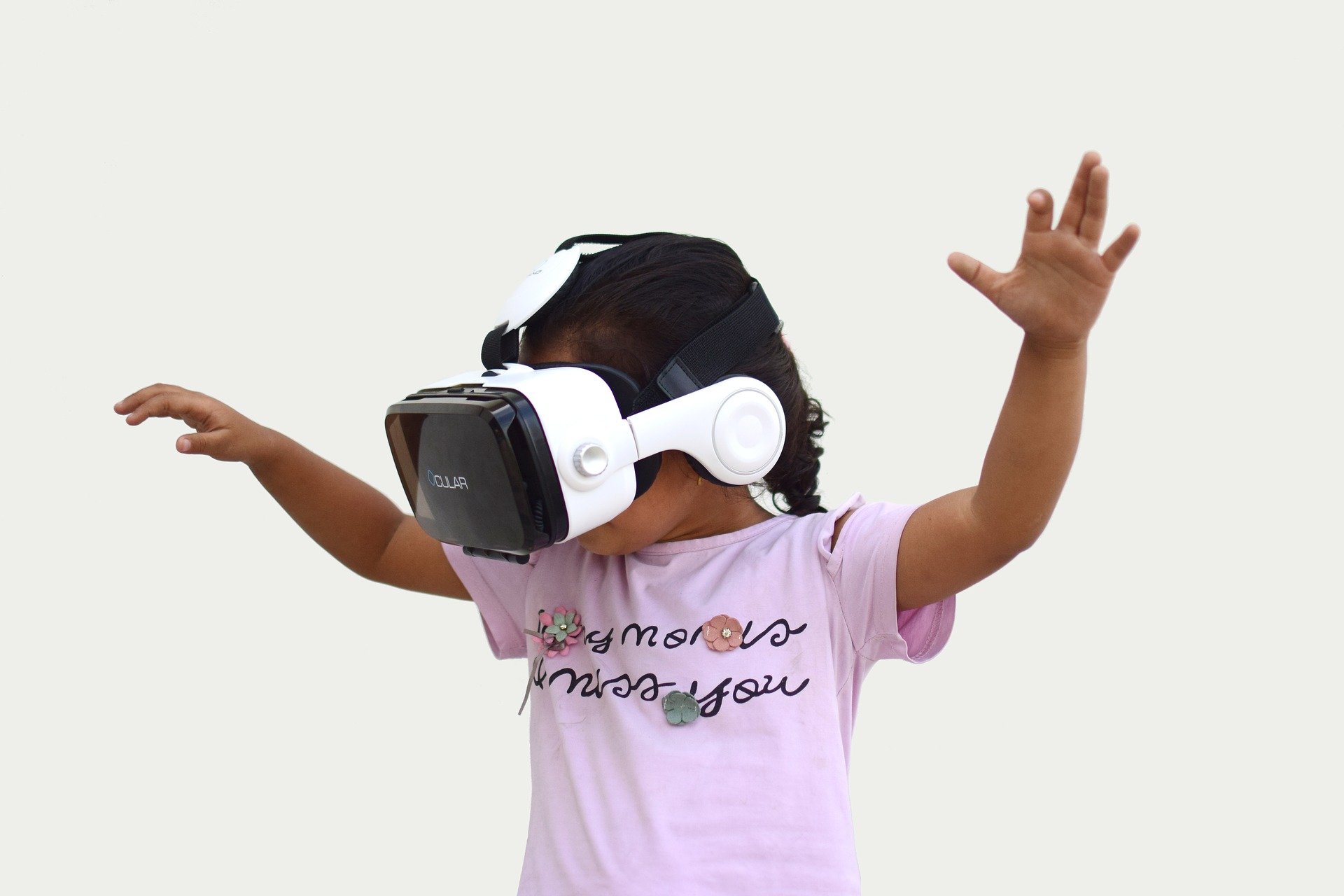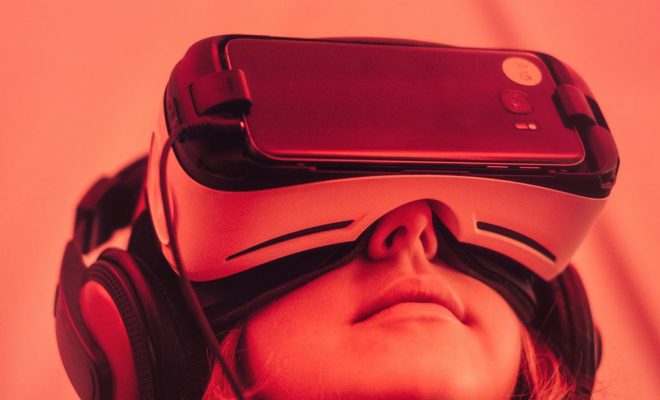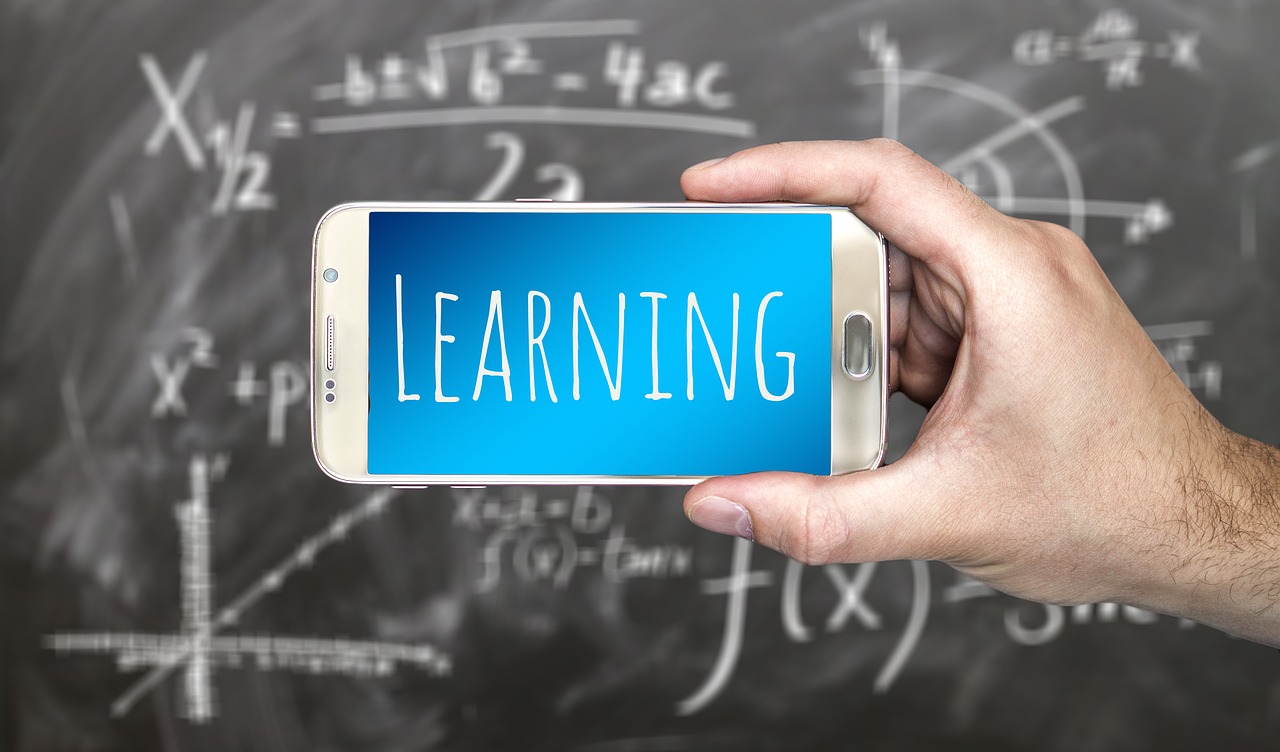4 Popular Misconceptions About Virtual Reality In Education

When people hear the words’ virtual reality‘, they often think about a gamer wearing a headset for recreational purposes. However, as technology evolves, VR is beginning to be used in many aspects of life.
Many teachers are wary when it comes to incorporating virtual reality into their classrooms. In this article, we will be discussing 4 popular misconceptions about VR being used in education.
Virtual Reality Is Just For Gamers
As we have already mentioned, many people assume that VR is a tool that only gamers use. However, this is simply not the case. Virtual reality can be used in the classroom to provide students with plenty of benefits and to enhance their learning experience.
New technology that can be used in education is continually being discovered. For example, a new app called Pedagogue can be used by instructors and teachers to manage and organize their educational materials. Pedagogue is a social learning management system that merges social media with the traditional aspects of an LMS. If you would like to find out more about this innovative app, visit the Pedagogue website.
A Lot Of Equipment Is Required
Contrary to popular belief, you will not need much equipment when incorporating virtual reality into your classroom. This is because there are plenty of companies that design VR headsets specifically for educational purposes.
These devices often don’t even need mobile devices such as cellphones to operate, meaning that you will not have to worry about purchasing and storing tons of equipment. Additionally, the lack of multiple devices makes using the technology much more straightforward.
Virtual Reality Cannot Be Used To Enhance Learning
Virtual reality can be used to enhance learning for students. For example, students are often taken on field trips to learn about specific sections of school work. However, it is difficult for teachers to ensure that the information learned is retained.
This is where VR comes in handy – the technology can be used to extend learning once the outing is over. It can even be used to replace field trips that are not possible.
The Technology Does Not Suit Students With Special Needs
Teachers need to consider the special needs of students in a class when purchasing educational equipment. Luckily for them, virtual reality is a great tool that opens up plenty of learning opportunities for students with learning disabilities.
For example, children with autism can learn by immersing themselves in 360-degree videos. Students that don’t feel comfortable around large groups can use the headsets to simulate field trips and other outings. Teachers could even send the students content to complete work at home or in their own free time.
Concluding Thoughts
Many teachers are wary when it comes to incorporating virtual reality into their classrooms because of several misconceptions. Contrary to popular belief, VR is not just a tool that gamers can use, and there are plenty of companies that design VR headsets for educational purposes.
Additionally, you will not have to worry about buying a lot of equipment when using this technology in your classroom. Lastly, VR can enhance learning, and it is also suitable for students with special needs.




